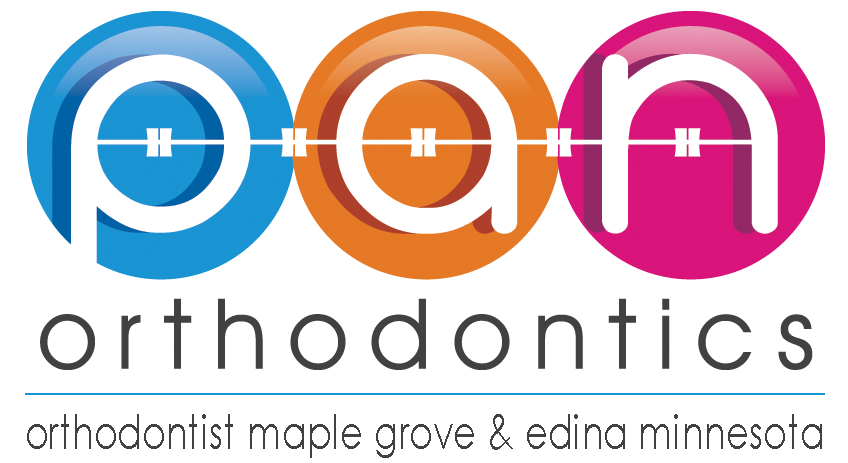Ortho Procedures - Cantilever Mechanics
A cantilever is any piece of wire which is attached to a removable appliance and the end is tied to another unit. When an orthodontist uses a cantilever, they can easily estimate the force applied, simply by measuring the length of the appliance and its force through a dynamometer. This aids in the prediction of clinical results
In an orthodontic therapy, the cantilever may have various configurations and uses. The cantilevers can be applied both buccally and lingually. A few examples of the use of a cantilever include the following:
- Controlling the labio-lingual position of the incisors and canines and the bucco-lingual position of the molars and premolars.
- Controling the rotation of teeth with buccal cantilevers or palatal and lingual arches. The device is used in a statically determinate method.
- Vertical control, using extrusion or intrusion of the lateral and anterior teeth.
- Generation of a third order control or torque to the anterior as well of the buccal segment.
- Generation of molar or canine uprighting.
Within the individual segments, there are many different applications that are possible.
Cantilever Force System
Due to the biomechanical force system that is generated from a cantilever, it is important to understand that a combination of a moment and a force is produced at the site where the cantilever is inserted. A single force is developed with respect to the point of the force application of the other end. The overall magnitude of the two forces is both equal and opposite based on Newton’s third law. The activation can be measured using a dynamometer.
The value of the moment is equivalent to the length of the cantilever and multiplied by the force. The equation to demonstrate this is M = F x d
One important characteristic of the force which is generated by the cantilever, is the high level of constancy over time, in addition to deactivation. Another way of explaining it is that the forces at its two ends maintain their direction and decrease in a linear manner. This is proportional to the cantilever deactivation. There is also a high level of constancy with the moment/force ratio. This also results in a homogeneous dental movement.
Cantilever Length and the Load Deflection Ratio
Cantilevers should be used as long as possible, assuming that their goal is specifically to produce a moment, while the force is less desirable. If a cantilever is used for the uprighting of a molar, which is not to be extruded, then the cantilever should remain in place for as long as possible. It can also be counteracted using a second cantilever.
The same concept will apply in cases where cantilevers are used for rotation or when a cantilever should not displace, but should rotate the canine.
However, if the effect of the force is intentional and less moment is desired, the cantilever should remain short and the cross section dimension should be reduced. This will aid in keeping the load or deflection rates low.
The load or deflection ratio which is delivered by a cantilever, should remain as low as possible. This allows the force system to maintain a high degree of constancy. This is another reason for maintaining long cantilevers. In cases where the cantilevers are short for various reasons, the load or deflection rate can also be lowered by adding one or more loops. This can also be achieved by using a smaller wire dimension. The smaller wire dimension can cause a problem when the play between the wire and the bracket can cause issues. When this occurs, a composite cantilever may be used.
Pan Orthodontics Philosophy
To treat our patients as our families and to treat others as how we want to be treated. From your first phone call to the moment your new smile is born, everything in our office is set up to ensure an excellent experience with us. We will always listen to you and improve with your suggestions.
Featuring The Latest Orthodontics Technology
Our Commitment to You
We will continue to keep up with the ever growing digital technologies to improve your orthodontic experience. We also commit to always help you find the most convenient time for your visit with us.




